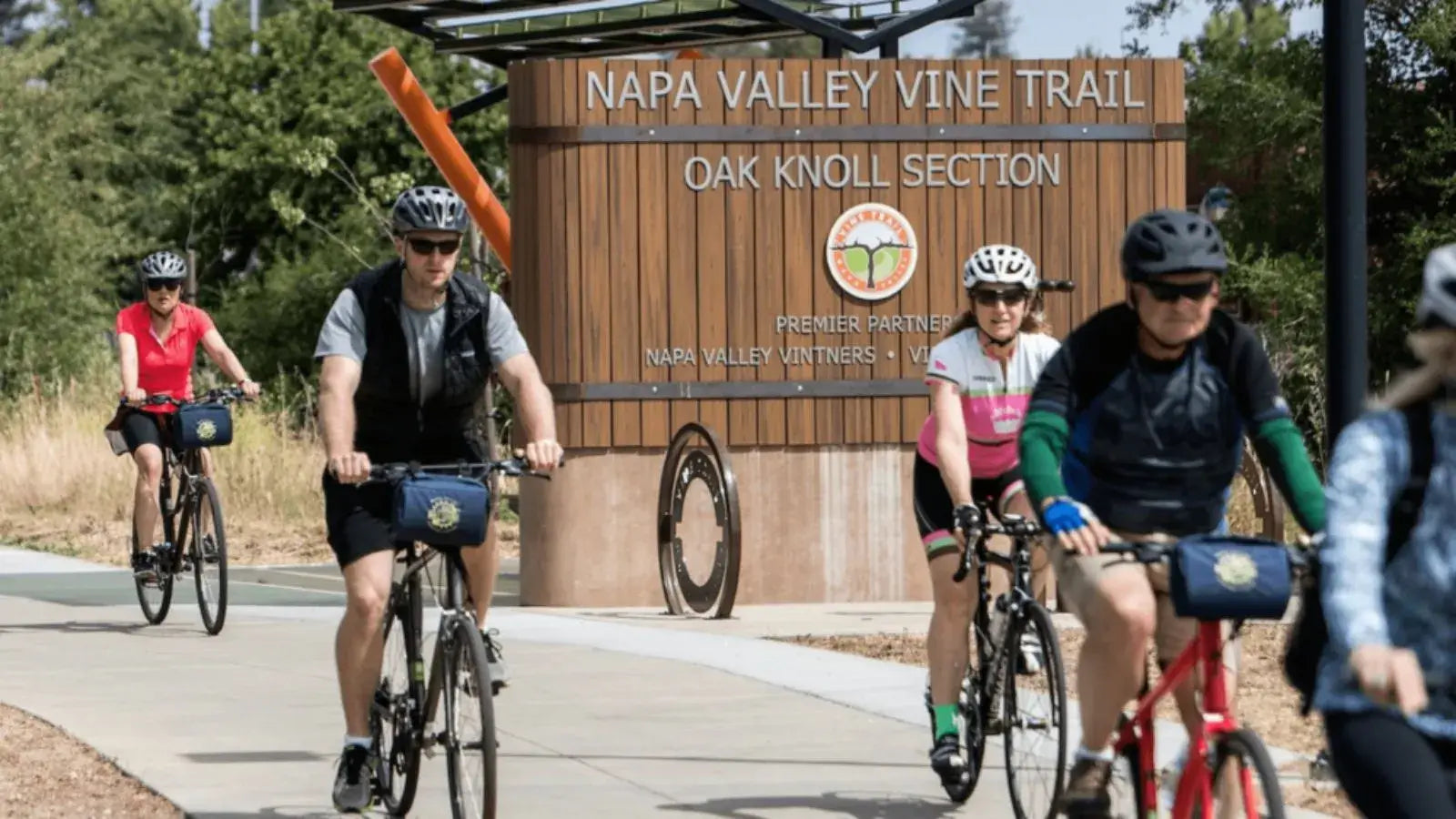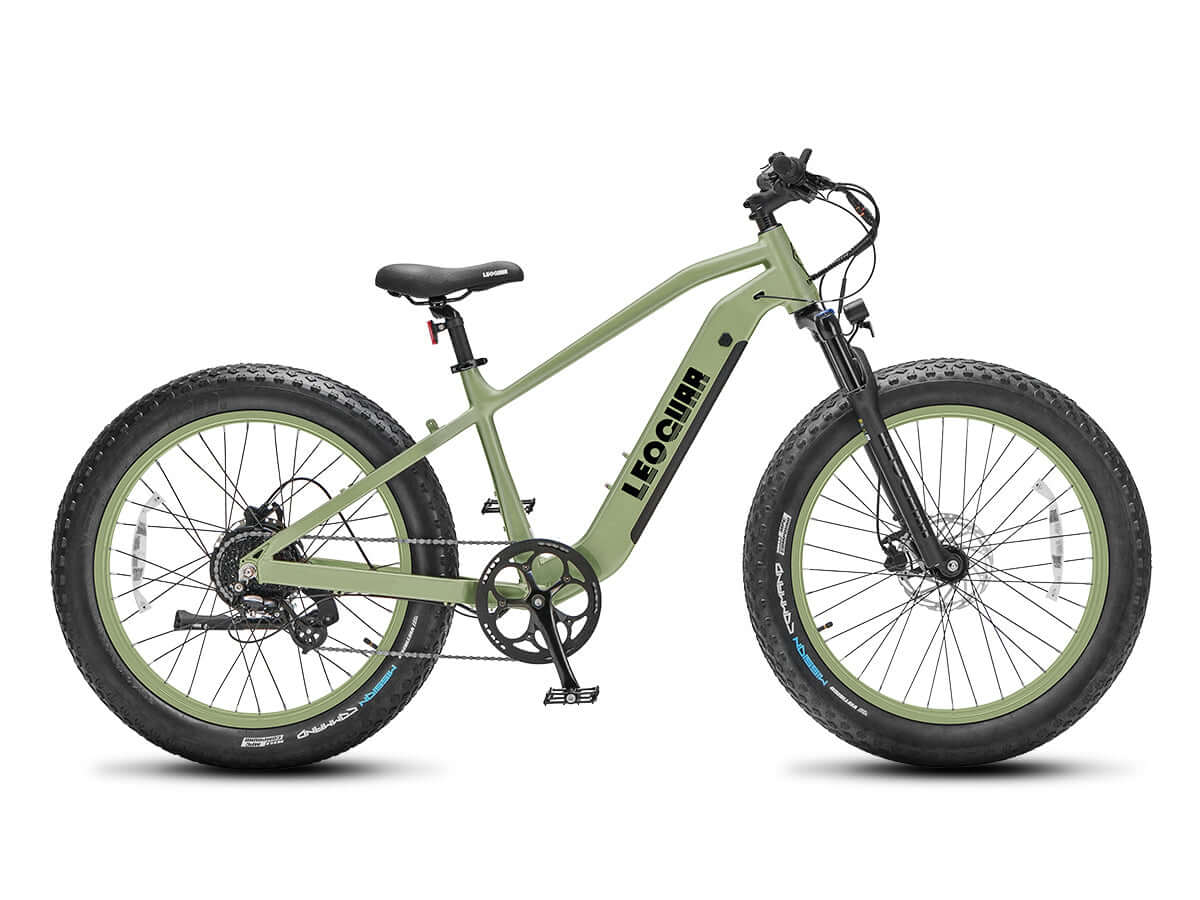
Is an E-Bike Right for Your Teenager? What Parents Should Know
E-bikes are everywhere these days. They’re fast, fun, and offer a cool alternative to cars and traditional bikes. So it’s no surprise that more and more teens are asking for one. As a parent, though, you probably have questions—about safety, rules, and whether this is a good fit for your child.
Here’s a breakdown of what to consider before giving the green light.
1. The Benefits: Freedom, Confidence, and Daily Convenience
One of the biggest reasons teens love e-bikes is freedom. With an e-bike, they can get to school, practice, or a part-time job without needing a ride from you. That’s not just good for their confidence—it’s also a big help for busy parents.
E-bikes also make riding more accessible. For teens who aren’t athletic or don’t enjoy traditional biking, the assist function makes hills easier and long distances manageable. It helps them stay active without feeling like they’re exercising.
Plus, in many places, riding an e-bike is faster than driving, especially in crowded suburban neighborhoods or near schools with traffic backups.
2. Safety: It’s All About the Setup and the Rules
Let’s be real—parents worry about speed, distractions, and cars on the road. And those are valid concerns.
But e-bike safety often comes down to two things: the type of e-bike and the habits of the rider.
Most experts recommend Class 1 or Class 2 e-bikes for teens. These are limited to 20 mph and either provide pedal assist only (Class 1) or pedal assist plus throttle (Class 2). Avoid Class 3 bikes, which can go up to 28 mph—they’re more suitable for adults and experienced commuters.
It’s also essential to make helmet use non-negotiable. Set clear rules around where and when your teen can ride. Sidewalks, bike lanes, and low-traffic streets are usually best.
Finally, invest in bright lights, reflectors, and maybe even a GPS tracker. Visibility and accountability go a long way in helping your teen ride safely.
3. Legal Considerations: Age Limits and Local Laws
Not all states treat e-bikes the same. Some have minimum age requirements, especially for throttle-based bikes. Others restrict use on bike paths or sidewalks.
Before buying, check your local regulations to make sure your teen can ride legally in your area. And if your neighborhood has an HOA, they might have their own rules too.
Even if there’s no law requiring it, a safety course or short training session is a smart idea. It teaches road awareness and e-bike basics—and gives you peace of mind.
4. Choosing the Right Bike for a Teen Rider
Teens grow fast, so look for a model with adjustable features like seat height and handlebar reach. Step-through frames are easier to mount and safer for stop-and-go traffic.
Battery range doesn’t need to be huge, but reliability matters. A lighter frame will also help with maneuvering and parking. And don’t forget—your teen will probably care about how it looks. Pick a design that’s cool enough for them to actually want to ride it.
Final Thoughts: An E-Bike Can Be a Smart Step Toward Independence
For the right teen, an e-bike is more than a cool gadget. It’s a tool that builds responsibility, gets them outside, and gives them just the right amount of freedom—with the right boundaries in place.
Like any form of transportation, it requires trust, education, and open conversation. But with the right prep, an e-bike could be one of the best gifts of independence you can give your growing child.










































Leave a comment